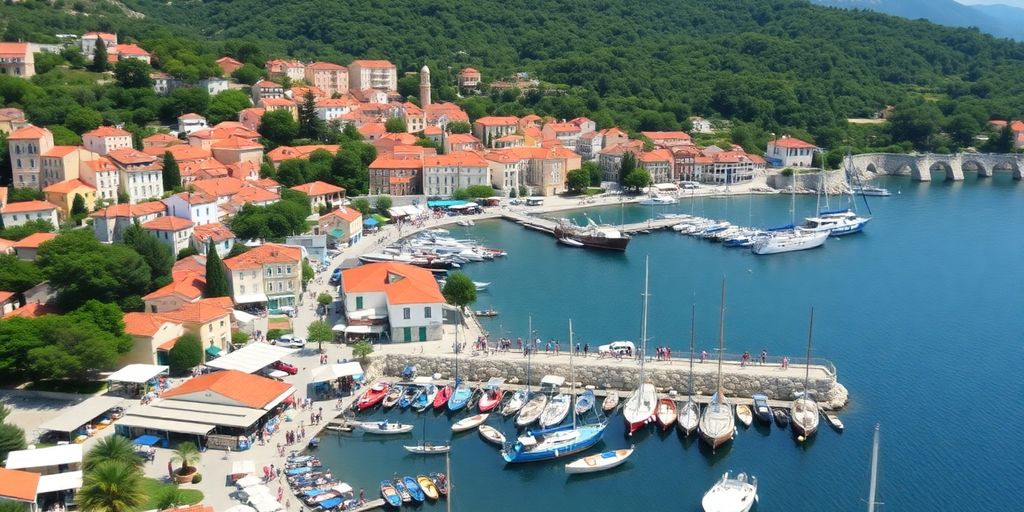Croatia is experiencing significant economic growth, with a projected GDP increase of 3.9% for 2024, making it one of the fastest-growing economies in the European Union. This growth is accompanied by rising living standards, a declining unemployment rate, and a manageable national debt, although challenges such as labor shortages remain.
Key Takeaways
- Croatia’s GDP growth is projected at 3.9% for 2024, the second-highest in the EU.
- The unemployment rate has dropped to 5.1%, with significant job creation since 2016.
- National debt stands at 57.6% of GDP, below the EU average.
- Average salaries have increased significantly, reflecting improved living standards.
Economic Growth Overview
Prime Minister Andrej Plenković recently highlighted Croatia’s robust economic performance during a government session. The revised GDP growth rate for 2024 is set at 3.9%, positioning Croatia as the second-fastest growing economy in the EU, just behind Malta. This growth rate is four times higher than the EU and eurozone averages, indicating a substantial improvement in the standard of living for Croatian citizens.
The GDP per capita has reached levels comparable to Hungary and has surpassed those of Slovakia, Greece, Latvia, and Bulgaria. If this growth trend continues, Croatia could potentially double its GDP in just 18 years, a stark contrast to the 70 years it would take at a 1% growth rate.
Employment and Wages
The labor market in Croatia has also seen positive developments. As of March 2025, the unemployment rate has fallen to 5.1%, with approximately 1.71 million people employed and only 83,000 unemployed. This marks an increase of 300,000 jobs since 2016, showcasing the effectiveness of government policies aimed at boosting employment.
Moreover, the average salary has risen dramatically from €749 in 2016 to €1,416 in February 2025, reflecting a nominal increase of 89%. This increase in wages is a clear indicator of the improving economic conditions in the country.
National Debt and Economic Stability
Croatia’s national debt is currently at 57.6% of GDP, which is significantly lower than the EU average of 81%. This places Croatia in a relatively stable position compared to other EU nations, many of which are grappling with much higher debt levels. For instance, Greece’s debt stands at 153.6% of GDP, while Italy’s is at 135.3%.
This favorable debt situation allows Croatia to maintain fiscal stability and invest in further economic development, although it still faces challenges in managing public finances effectively.
Challenges Ahead
Despite the positive economic indicators, Croatia is not without its challenges. The country is currently facing labor and skill shortages, which could hinder future growth. The government is actively working on policies to attract skilled professionals and digital nomads, aiming to fill gaps in the labor market and sustain economic momentum.
Additionally, while fuel prices are currently lower than pre-war levels in Ukraine, the government is committed to ensuring that energy prices remain affordable for citizens, which is crucial for maintaining the current growth trajectory.
Conclusion
Croatia’s economic landscape is marked by impressive growth and rising living standards, but it must navigate challenges such as labor shortages to sustain this momentum. With strategic policies and continued investment in human capital, Croatia is poised to enhance its economic stability and improve the quality of life for its citizens in the years to come.
Sources
- Croatia’s Economic Climb: Fastest GDP Growth in Region and Rising Living Standards, The Dubrovnik Times.
- One moment, please…, Travel And Tour World.
- Croatia’s national debt lower than EU average, new Eurostat data shows, Croatia Week.
- Croatia’s unemployment rate declines to 5.1% in March | Croatia Economy News, SeeNews.
- Croatia revises 2024 GDP growth to 3.9% — TradingView News, TradingView.






